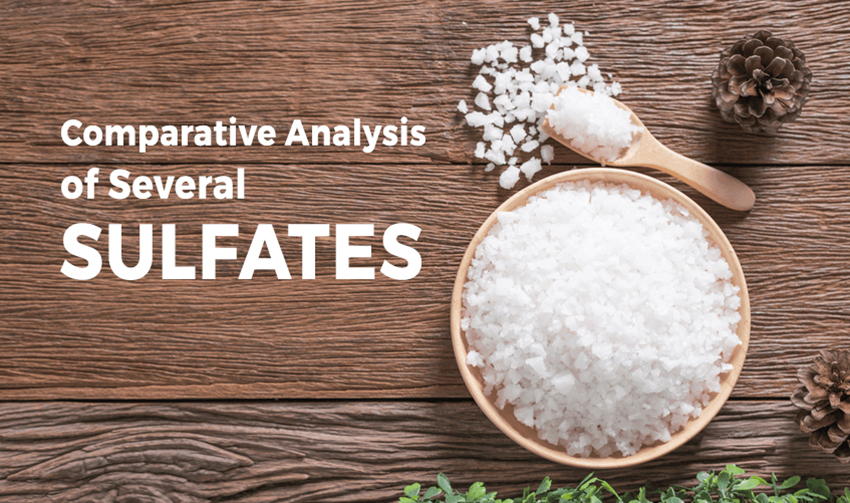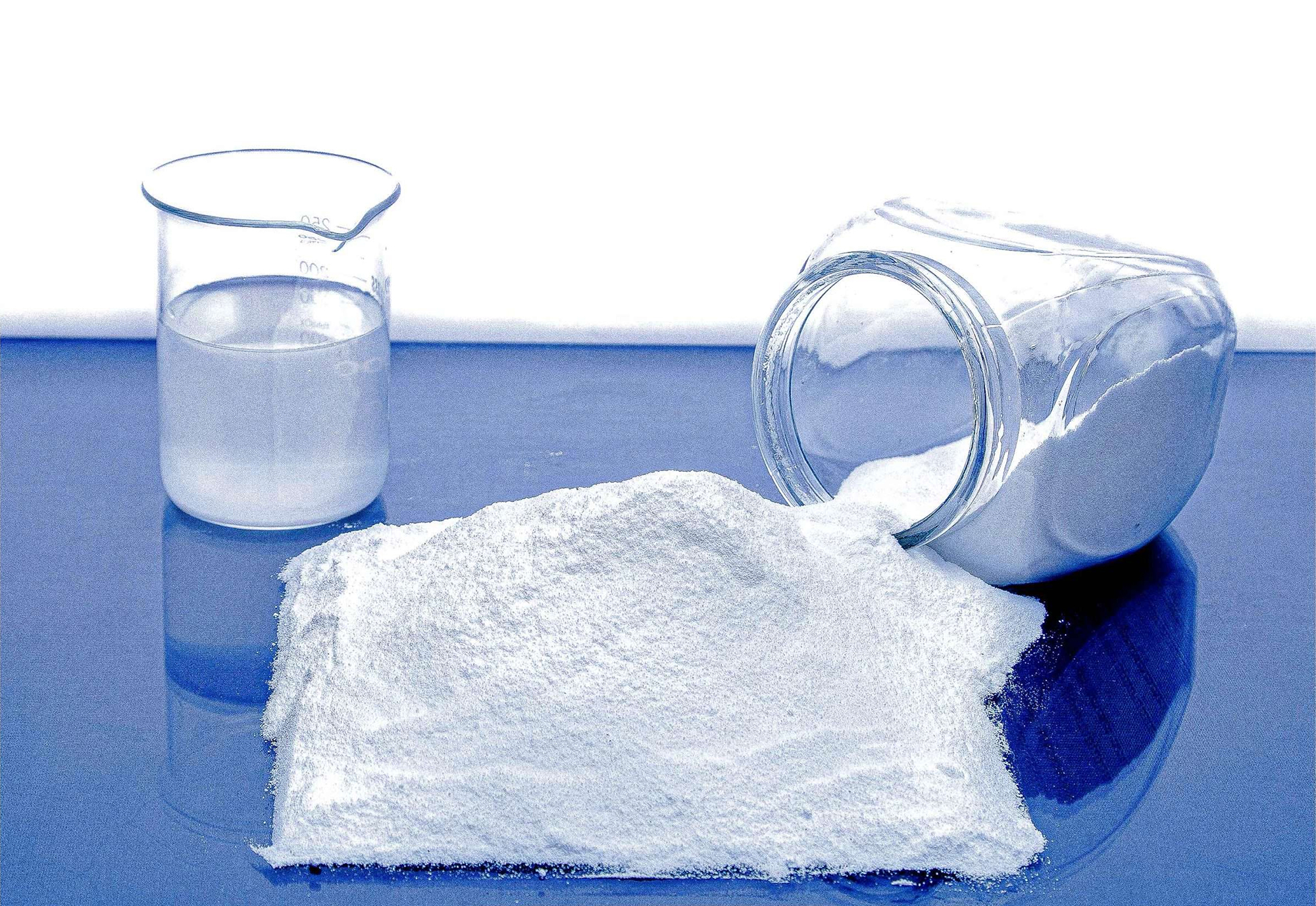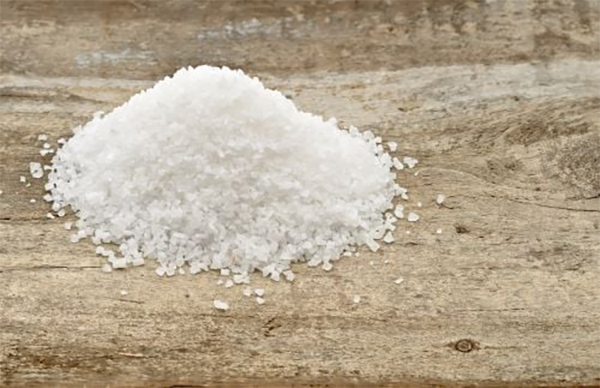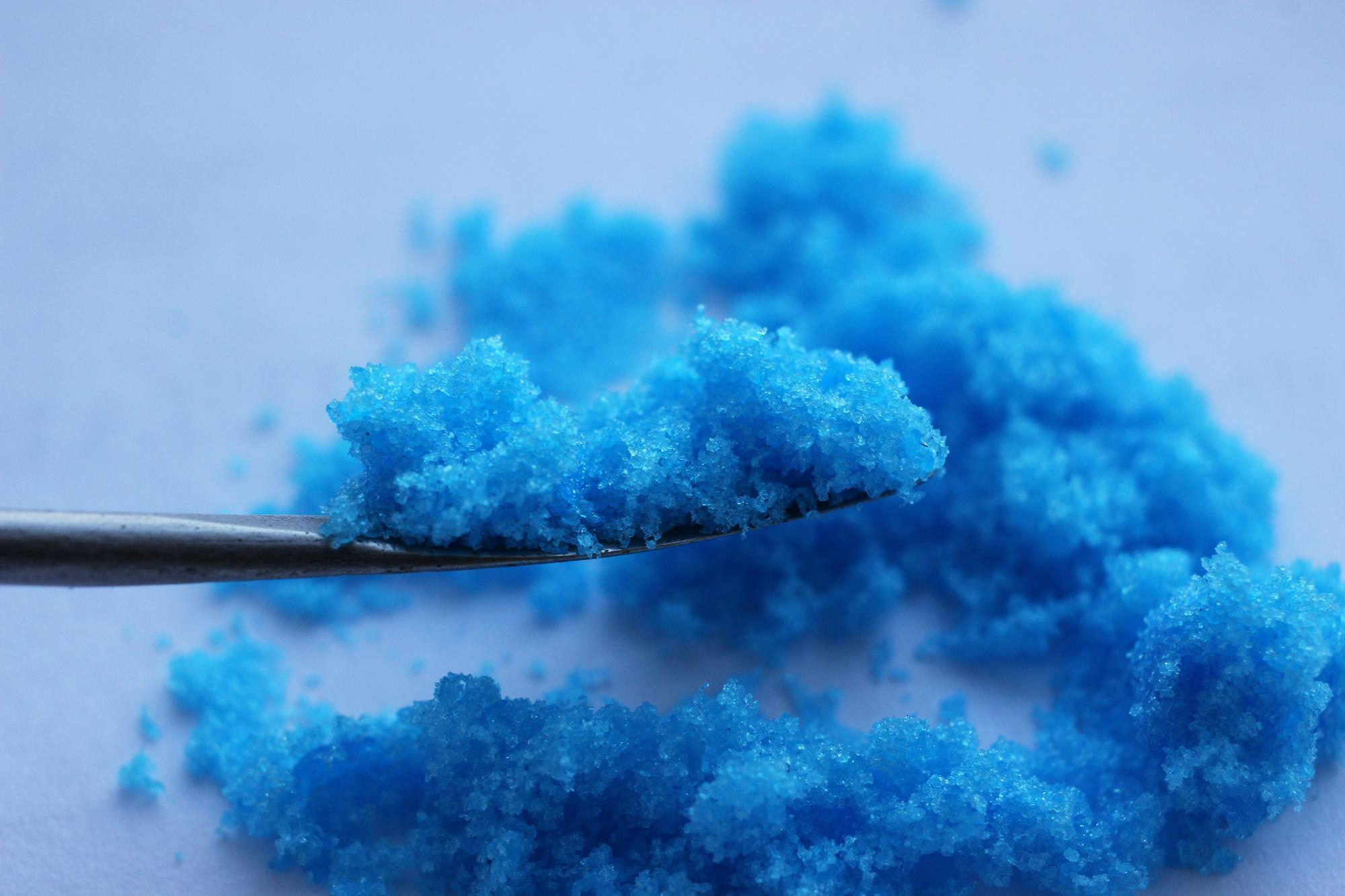Sulfate salts are a widely used class of chemical compounds in many industries. Three common examples are ferrous sulfate (FeSO₄), zinc sulfate (ZnSO₄), and copper sulfate (CuSO₄). Despite having the same anionic part (SO₄²⁻), these compounds differ significantly in chemical properties, appearance, and applications. This article will compare ferrous sulfate, zinc sulfate, and copper sulfate to help clarify their differences and support industrial decision-making.

1. Chemical Composition and Physical Properties
Ferrous Sulfate (FeSO₄)
• Chemical Formula:FeSO₄
• Oxidation State:Iron in the +2 oxidation state
• Appearance:Typically appears as pale green crystals or a white powder (if hydrated), but when exposed to air it often oxidizes to form ferric compounds which are brownish.
• Solubility:Moderately soluble in water; the hydrated forms (e.g., ferrous sulfate heptahydrate, FeSO₄·7H₂O) are commonly used.
• Reactivity:Prone to oxidation in the presence of air (oxygen) transforming Fe²⁺ into Fe³⁺.
Zinc Sulfate (ZnSO₄)
• Chemical Formula:ZnSO₄
• Oxidation State:Zinc is in the +2 state and remains largely unreactive in air.
• Appearance:Usually appears as a colorless or white crystalline solid; its monohydrate and heptahydrate forms are common.
• Solubility:Highly soluble in water.
• Reactivity:Zinc sulfate is chemically stable and does not undergo oxidation like ferrous sulfate.
Copper Sulfate (CuSO₄)
• Chemical Formula:CuSO₄
• Oxidation State:Copper is in the +2 state
• Appearance:Characteristically blue (in its pentahydrate form, CuSO₄·5H₂O); anhydrous copper sulfate is a white powder.
• Solubility:Highly soluble in water.
• Reactivity:Although generally stable, the vibrant blue color of its hydrated form is a result of copper’s characteristic electronic transitions.

2. Industrial Applications
Each sulfate salt is utilized in distinct industrial sectors based on its unique chemical behavior.
Ferrous Sulfate
• Fertilizers and Soil Amendments:Ferrous sulfate is widely used in agriculture to correct iron deficiencies in crops. Its use as a soil amendment improves microbial activity and plant health.
• Water Treatment:Acting as a flocculant, ferrous sulfate helps remove impurities and suspended solids from water. It can reduce turbidity in municipal water treatment.
• Chemical Intermediate:It is used to produce other iron compounds and in the synthesis of pigments.
• Medical Applications:Ferrous sulfate is administered as an iron supplement in pharmaceutical formulations to treat anemia.
Zinc Sulfate
• Fertilizers:Zinc sulfate serves as an important micronutrient in fertilizers to address zinc deficiencies in plants.
• Animal Feed Supplements:Its use as a dietary supplement in animal feed helps ensure proper growth and immune response.
• Chemical Processing:Zinc sulfate is employed in the production of rayon, paper, and as a coagulant in various industrial processes.
• Pharmaceutical Uses:It is used in antiseptics, dental care, and as a component in some skin care products.
• Water Treatment:In municipal settings, zinc sulfate can also act as a flocculant, though less commonly than ferrous sulfate.
Copper Sulfate
• Agriculture:Commonly used as a fungicide, algaecide, and herbicide, copper sulfate protects crops and ornamental plants from fungal infections.
• Water Treatment:Employed in controlling algae growth in water bodies such as ponds, swimming pools, and reservoirs.
• Industrial Applications:Copper sulfate is used in metallurgy, for etching and as a precursor in various chemical syntheses.
• Pest Control:It serves as a molluscicide and insecticide in some agricultural practices.
• Aquaculture:In fish farming, it is used to control parasitic infestations and infections

3. Comparative Analysis
Despite being sulfate salts, ferrous, zinc, and copper sulfates vary in several key aspects:
| Property | Ferrous Sulfate (FeSO₄) | Zinc Sulfate (ZnSO₄) | Copper Sulfate (CuSO₄) |
|---|---|---|---|
| Oxidation State | +2 (prone to oxidation to +3) | +2 (stable, does not oxidize easily) | +2 (stable, characterized by vivid blue) |
| Color | Pale green to white (oxidizes brown) | White or colorless when pure | Blue (hydrated), white (anhydrous) |
| Solubility in Water | Moderate (hydrated forms are common) | High | High |
| Industrial Uses | Fertilizers, water treatment, iron supplements, chemical intermediate | Fertilizers, feed supplements, chemical processing, flocculation | Fungicide, algaecide, water treatment, etching, pest control |
| Reactivity | Sensitive to oxidation | Chemically stable | Generally stable; characteristic blue color due to electronic transitions |

4. Safety, Handling, and Environmental Impact
Ferrous Sulfate
Safety Considerations: When handled properly, ferrous sulfate is relatively safe; however, its tendency to oxidize can lead to the formation of insoluble ferric compounds. Eye and skin contact should be avoided.
Environmental Impact: Used in low concentrations in agricultural and water treatment applications, it is generally considered safe. Overuse, however, may lead to soil and water acidification.
Zinc Sulfate
Safety Considerations: Zinc sulfate is less hazardous than many industrial chemicals, yet it may cause irritation upon direct contact. Proper protective equipment should be used during handling.
Environmental Impact: Although useful as a micronutrient, excessive zinc can be toxic to aquatic life. Care must be taken to limit its concentrations in wastewater effluents.
Copper Sulfate
Safety Considerations: Copper sulfate can be toxic if ingested or if prolonged skin contact occurs. Its use requires careful handling and personal protective equipment (PPE) in industrial settings.
Environmental Impact: Copper ions are toxic to aquatic organisms, and therefore, strict regulations exist regarding its discharge into water bodies. It is also known to accumulate in soils and affect plant growth.

5. Conclusion
Ferrous sulfate, zinc sulfate, and copper sulfate—although all being sulfate salts—differ considerably in their physical properties, chemical reactivities, and industrial applications. Ferrous sulfate is primarily used as an iron supplement, water treatment agent, and agricultural fertilizer, with its limitation being susceptibility to oxidation. Zinc sulfate excels as a micronutrient for plants and animals, as well as in chemical processing due to its high solubility and chemical stability. In contrast, copper sulfate, distinguished by its characteristic blue color, is indispensable in fungicidal applications, water treatment for algae control, and various industrial processes.
Understanding these differences is crucial for industries when selecting the appropriate sulfate salt for specific applications. Each chemical has its distinct benefits and safety considerations, and choosing the right one can lead to improved process efficiency, product quality, and environmental outcomes.

For more detailed technical specifications and application guidelines, please feel free to contact at feronia@wit-stone.com | +86-15655559799.Refer to industry standards and product datasheets provided by Wit-Stone.
Post time: Apr-15-2025